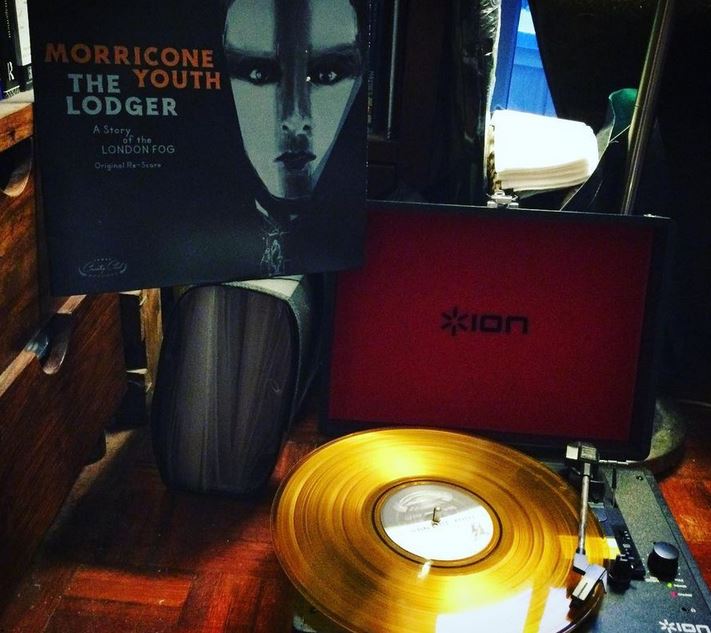Selecting a record to play. Image (C) Tim Sandle
The crackle of the needle, the smell of the record, the fabulous artwork of the sleeve. There are many reasons why vinyl remains a popular music format and one that seems to be growing in popularity as people continue to want a physical product in the digital age.
As a sign of the rise in vinyl popularity, a recent report has found that vinyl sales are up 13.2 percent in 2023, partly thanks to vinyl LP sales from artists such as Taylor Swift, Blur and Kylie Minogue.
The second hand market is also very popular and, in some cases, valuable. Some collectibles can fetch over $1 million at auction.
The vinyl resurgence is good news for the independent music industry in particular, the more records that are made means more will likely be discarded. As Christmas approaches, rather than shop for new vinyl many consumers will look to buy and sell second hand.
Louie Newlands, Used Vinyl Manager at Rough Trade explains the optimal approaches to buying and selling vinyl records. She has shared these ideas with Digital Journal.
When buying or selling vinyl, Newlands has provided the following advice:
Calculating vinyl value
#1 Research the market
According to Newlands, spending some time is key: “Always look up records before selling them to get a clear market view. Utilise online tools such as discography databases and collector forums to help establish your records’ worth. Discogs is a valuable platform which allows users to search for information on vinyl that helps verify pricing.”
#2 Check scarcity, edition and variations
Next, Newlands recommends: “To ensure you don’t miss out on money, check if your vinyl has features that might make it more valuable.”
For example, she says “if your vinyl is a rare pressing, limited-edition or anniversary-edition release, if it’s from a sought-after artist, hard to get hold of or features an artist’s autograph – it can likely be priced higher. A recent example was a rare Beatles 1968 White Album, which sold for over £2,000 on eBay after being donated to a charity shop.”
Newlands also recommends: “Check online to see what the original pressing artwork looks like (exclusive versions have unique cover art and designs) and check the record barcode and catalogue number to find out more before selling.”
#3 Review condition and completion
Looking after records is important. Newlands notes: “Your old vinyl records are more profitable the better they’ve been maintained. Inspect the record and sleeve for scratches, tears or discolouration and ensure the record is in good working order. Meanwhile, associated booklets, or collectables, should be stored with special editions to reach their full value.”

Selling records
#1 Price accurately
For selling vinyl, Newlands proposes: “Once you’re confident in the value of your vinyl, advertise it at the price you think will make it profitable yet fair. The price should be competitive with similar items on the market yet realistic, keeping items as close to the valuation price as possible.”
#2 Provide detail and quality
Next, Newlands says that people need to advertise carefully: “When selling, it’s best to provide a detailed description of the vinyl, including information such as the artist, album and song titles, release year and catalogue number, record type, condition and whether its limited edition.”
Additionally, she recommends: “all listings should include high-quality images of your product, taken in clear lighting, showing multiple angles of the product, and providing a clear view of any wear and tear, as well as significant elements that could add to its value instantly.
These elements help buyers find your product easily and make better-informed purchasing decisions.”
#3 Promote appropriately
In terms of marketing, Newlands puts forward: “Selling online can be difficult, especially with tons of competition selling similar products. Make your listings stand out by promoting them across multiple social media platforms like Instagram, TikTok, Facebook and X to broaden your reach. Alternatively, seek out vinyl communities and forums to reach collectors in your target audience.”
#4 Seek help from a professional
There are also many specialist firms available. Newlands notes: “If you’re struggling to shift your records, look to your local independent record store for assistance. Most record shops will buy your second-hand records for a fair price in exchange for cash or vouchers to spend in-store.”

